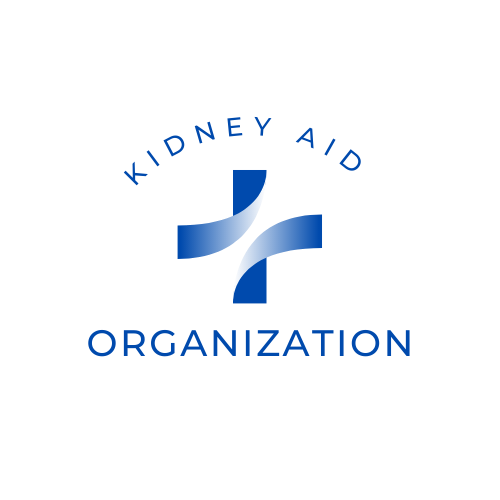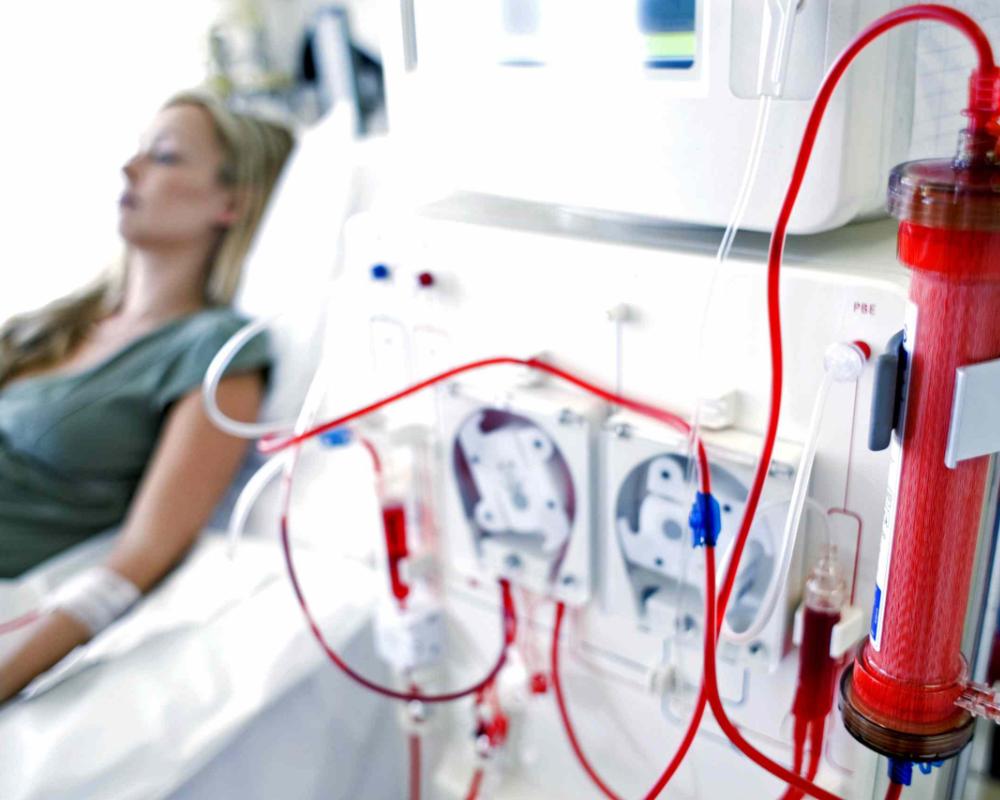Move for Your Kidneys: The Powerful Role of Exercise in CKD Management
A diagnosis of Chronic Kidney Disease (CKD) often brings a sense of caution, and for many, that translates into being less active. However, a growing body of evidence shows that regular physical activity isn't just safe for CKD patients—it's a critical component of a comprehensive treatment plan. Exercise can directly combat many of the health challenges associated with kidney disease, improving both physical well-being and quality of life. This guide will walk you through the key benefits and practical tips for incorporating safe exercises for CKD patients into your daily routine.Why Exercise is a Game-Changer for Kidney Health
While it may seem counterintuitive, staying active is one of the most proactive things you can do to support your kidneys. The benefits extend far beyond simply building muscle.- Blood Pressure Control: High blood pressure is both a leading cause and a major complication of CKD. Regular exercise, particularly cardiovascular activity, is incredibly effective at lowering blood pressure. By strengthening your heart and improving blood vessel function, you reduce the strain on your kidneys and help slow the progression of kidney damage.
- Diabetes Management: Many people with CKD also have diabetes. Exercise helps your body use insulin more efficiently, which in turn helps regulate blood sugar levels. This is a crucial step in protecting your kidneys from further damage caused by high glucose.
- Increased Energy and Strength: Fatigue and muscle weakness are common symptoms of CKD. Engaging in physical activity for kidney disease can help combat these issues. It improves your physical capacity, allowing you to perform daily tasks with more ease and less exhaustion.
- Improved Cardiovascular Health: Individuals with CKD are at a higher risk of heart disease. Exercise strengthens your heart, improves cholesterol levels, and helps maintain a healthy weight, all of which are vital for a healthy cardiovascular system.
- Mental Well-being: Living with a chronic illness can take a toll on your mental health. Exercise is a proven mood booster. It can reduce symptoms of depression and anxiety, improve sleep patterns, and give you a greater sense of control and confidence.
Choosing the Right Path: Types of Kidney-Friendly Exercise
Before starting any new exercise regimen, it is absolutely essential to consult with your nephrologist or a healthcare professional. They can provide personalized advice based on your stage of CKD and any other co-existing health conditions. Once you have their clearance, you can explore a variety of activities.- Aerobic Exercise: These activities get your heart rate up and are excellent for cardiovascular health. Aim for moderate intensity, where you can still carry on a conversation but are breathing a bit harder. Great options include:
- Walking: The simplest and most accessible form of exercise. Start with short, regular walks and gradually increase your distance and pace.
- Swimming or Water Aerobics: This is a fantastic low-impact option that's gentle on your joints.
- Cycling: Whether on a stationary bike or outdoors, cycling is an effective way to improve endurance.
- Strength Training: Building muscle mass is important as CKD can lead to muscle wasting. Strength training doesn't have to mean heavy lifting. You can start with simple movements like:
- Resistance bands: These are a versatile and low-cost way to build strength.
- Light weights: Using small hand weights or even household items like canned goods can be effective.
- Bodyweight exercises: Squats, lunges, and wall push-ups are great ways to use your own body as resistance.
- Flexibility and Balance Exercises: These are often overlooked but are vital for maintaining mobility and preventing falls. Consider incorporating:
- Stretching: Gentle stretching can improve range of motion and reduce muscle stiffness.
- Yoga or Tai Chi: These practices combine stretching, balance, and mindful breathing, which can also help with stress reduction.
Making It a Habit: Practical Tips for Success
Consistency is the key to reaping the benefits of exercise. Here are a few tips to help you stick with it:- Start Slowly and Listen to Your Body: Begin with short sessions (10-15 minutes) and gradually increase the duration and intensity as you feel stronger. Pay attention to how you feel—if you experience chest pain, dizziness, or unusual shortness of breath, stop immediately and consult your doctor.
- Schedule It: Treat your exercise time like a non-negotiable appointment. Put it on your calendar to ensure it happens.
- Stay Hydrated: While fluid restrictions are a reality for some CKD patients, staying properly hydrated during exercise is still important. Talk to your doctor or dietitian about how to balance your fluid intake with your physical activity.
- Find a Partner or Group: Exercising with a friend or joining a local group can provide motivation and accountability.
Are you tired of living under the shadow of kidney disease? Are you yearning for a life free from the shackles of dialysis, kidney failure, and the looming threat of kidney transplants? If so, you're in the right place at the right time. Imagine waking up every morning with boundless energy, feeling rejuvenated and ready to take on the day. Envision a life where your kidneys are functioning optimally, and you no longer dread the burdensome routines of dialysis sessions. The Kidney Disease Solution Program is here to turn that vision into reality for you.


